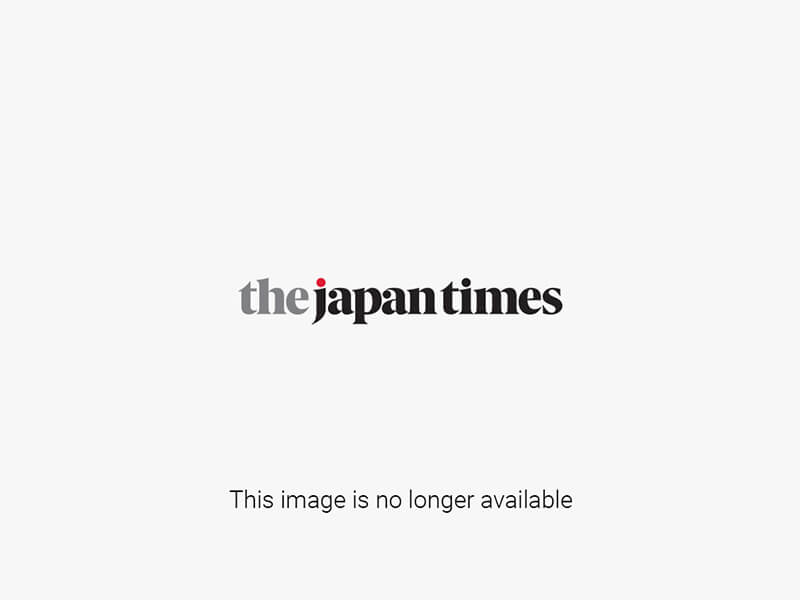Long-standing politician and former Prime Minister Shinzo Abe’s funeral was held on July 12 at Zojoji temple in central Tokyo. The wake, held the previous night, was attended by around 2,500 people. Japanese and foreign dignitaries gathered to pay their final respects to Abe, who was killed in an attack on July 8 in Nara. He was 67.
Around the globe, world leaders have paid tribute to Japan’s longest-serving prime minister. The U.N. Security Council observed a moment of silence, and its current president, U.N. Ambassador Ronaldo Costa Filho, expressed the council’s “sadness and shock at the senseless assassination.”
U.S. Ambassador to Japan Rahm Emanuel noted he was “saddened and shocked by the shooting of former Prime Minister Abe Shinzo. Abe-san has been an outstanding leader of Japan and an unwavering ally of the United States.”
Prime Minister Fumio Kishida has announced that the Japanese government will hold a state funeral to honor Abe on Sept. 27. This will be only the second state funeral for a former prime minister in Japan’s postwar history, after that of Shigeru Yoshida, who signed the Treaty of San Francisco in 1951. Abe was also posthumously awarded the Collar of the Supreme Order of the Chrysanthemum, the nation’s highest decoration.
Abe was born in Tokyo in 1954, into a strongly political family. His grandfathers were former Prime Minister Nobusuke Kishi and House of Representatives member Kan Abe, and his father was former Foreign Minister Shintaro Abe. After graduating from Seikei University, he worked at Kobe Steel for a few years before entering the realm of politics with a number of roles connected to the Liberal Democratic Party.
He was elected to the House of Representatives in 1993 and appointed director of the Social Affairs Division in 1999. He was deputy chief Cabinet secretary for two Cabinets between 2000 and 2003, and later appointed the LDP’s secretary-general. During this time, Abe garnered attention for his work to negotiate the return of Japanese abductees from North Korea, even going so far as to visit the country to conduct the negotiations along with then-Prime Minister Junichiro Koizumi.
Abe began his first term as prime minister in September 2006, but had to step down one year later due to ulcerative colitis. He was inaugurated for his second term in 2012, which was followed by two more terms that extended his run until 2020. As Japan’s longest-serving prime minister, he spent nine years in office.
His historically long term as prime minister will be remembered for its strong focus on foreign policy, particularly in providing assistance to Southeast Asia and promoting cooperation in the Asia-Pacific region. His 2012 program of Abenomics was a three-pronged plan to fix Japan’s economic stagnation through monetary easing, fiscal spending and promises of structural reforms. He was also a firm supporter of the Quadrilateral Security Dialogue grouping, bringing together the like-minded nations of Japan, India, Australia and the United States. Some may also remember him for his unexpected appearance dressed as Super Mario at the Rio Olympics closing ceremony, as a nod to the 2020 Tokyo Games.
Abe is survived by his wife of 35 years Akie, 60, elder brother Hironobu Abe, 70, and younger brother Nobuo Kishi, 63, Japan’s current defense minister.



